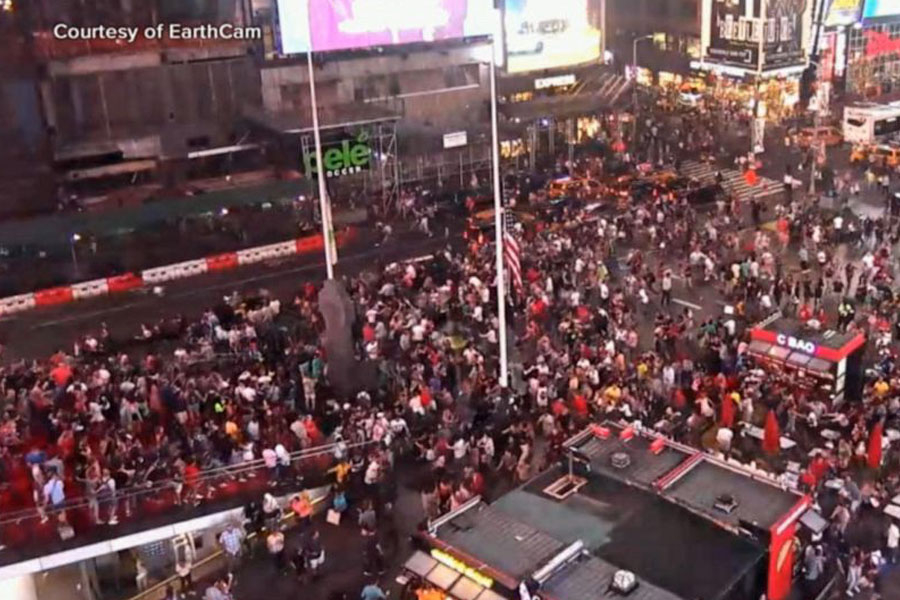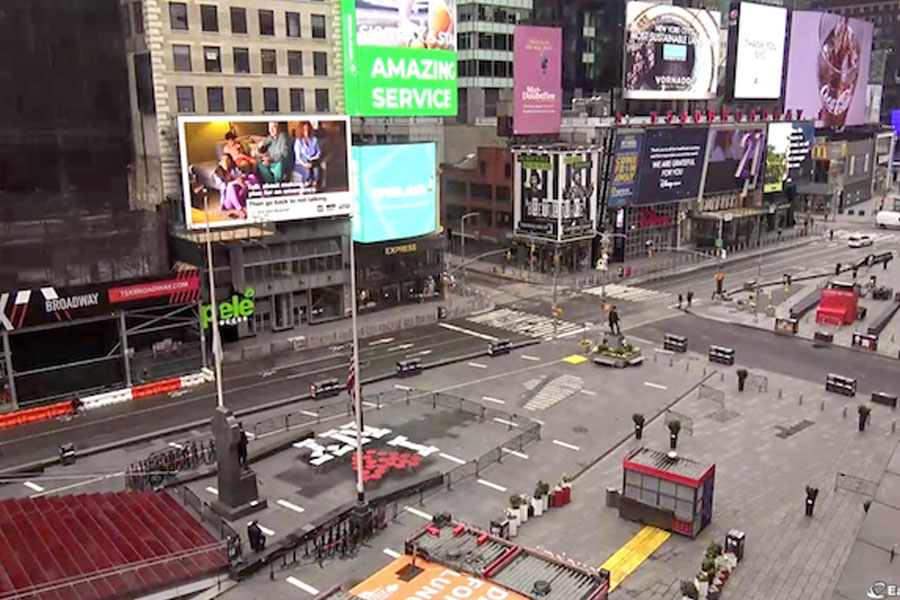ECE undergrad is lead author on research paper: using computer vision to analyze worldwide social distancing

Ghodgaonkar, a senior undergraduate student, is the lead author of the research paper "Analyzing Worldwide Social Distancing through Large-Scale Computer Vision". The paper details the team's findings about social distancing after analyzing millions of images from publicly accessible network cameras. She is an undergraduate member of Dr. Yung-Hsiang Lu's CAM2 lab, whose mission is "to analyze worldwide network camera data and use it to quantify social distancing during the COVID-19 pandemic." Dr. Lu is a professor of electrical and computer engineering and director of Purdue's John Martinson Entrepreneurship Center.
"When COVID hit, my advisor, Dr. Lu, got the idea to do this project. He thought it was a great idea to use networked cameras to analyze social distancing," said Ghodgaonkar. "We knew there were other methods of analyzing social distancing - like using location-based services such as Google Cloud mobility reports - but we thought analyzing through network cameras could provide a different look into social distancing, given that the data is unbiased in at least one way where people don't have to opt in to any kind of location tracking."
"This study discerns whether social distancing is being followed in several types of locations and geographical locations worldwide, and could potentially serve as an early indicator whether another wave of infections is likely to occur soon," she explained.




Next steps for the team include further research on mask detection. "Our team is currently working on mask detecting, so we're getting more high-resolution data to detect whether people are actually wearing masks or not," said Ghodgaonkar. "And we're also working on expanding our camera network."
Lu leads an interdisciplinary, multi-institutional, international team of researchers from Purdue, the Indiana Institute of Technology (IIT), and Loyola University Chicago. The team includes: nine Purdue undergraduate students (with Ghodgaonkar) and two Purdue graduate students; one IIT student; Lu and four other Purdue professors: Mark Daniel Ward (statistics), Wei Zakharov (Librairies), David S. Ebert (electrical and computer engineering); and David M. Barbarash (horticulture and landscape architecture); and one Loyola professor, George K. Thiruvathukal (computer science).
The project is sponsored by a grant from the National Science Foundation.
Ghodgaonkar values the research experience she's gained. "I'd say that my biggest take-away from this team is learning how to think as a researcher and not a student," she said. After graduation, she plans to pursue a PhD in in order to work on more fundamental artificial intelligence and computer vision.
Writer: DeEtte Starr, starrd@purdue.edu
Source: Isha Ghodgaonkar, ighodgao@purdue.edu
